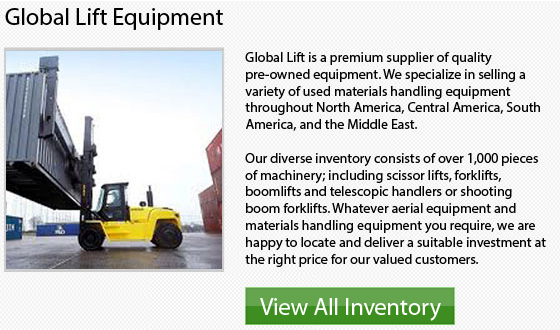
Telehandlers are machinery which are designed to work in rough terrain, however, that doesn't mean that they can be driven without any regard for the environment. These types of machinery have a a lot bigger risk of load loss or tipping over when they are traveling on slopes.
When traveling on a slope, make sure that you move slowly with the equipment while also keeping the load low. Downshift to 4WD and a lower gear, before getting on the slope. Utilizing the engine brake will help to control the telehandler's speed. Try not to turn on a slope if possible. If you need to make the turn, use extreme caution and take it as wide as possible.
Always try not to drive across extremely steep slopes. Use the heavy end of the telehandler pointing up the incline, when ascending and descending slopes. Even when there is no cargo on the forks, the equipment's counterweighted rear is quite heavy; therefore, it can be required to drive in reverse up slopes. Once the telehandler is carrying a load, the front of the unit becomes the heavy end, and you would be able to back the machinery down the slopes.
Operator training is hugely vital on a mixed jobsite. Rear pivot machinery will usually operate on the same jobsite of coordinated steering equipment, where everybody is allowed to utilize all of the machinery. In this case, a person who is used to utilizing a coordinated steer machinery can jump onto a rear-pivot machine. A very key distinction between how these two units work has a lot to do with what part of the machine extends outside of the turning radius.